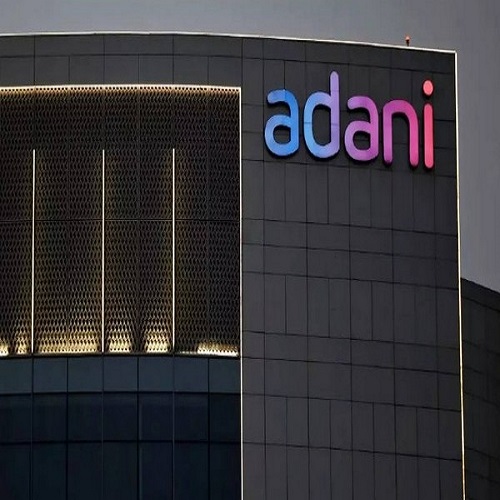The Adani Group has begun blending green hydrogen with natural gas supplied to households for cooking in certain areas of Ahmedabad, aiming to reduce emissions and achieve net-zero targets, reported PTI.
Adani Total Gas Ltd, the group’s joint venture with French energy company TotalEnergies, has initiated the blending of 2.2-2.3% green hydrogen into piped natural gas in Shantigram, Ahmedabad, as announced in a LinkedIn post.
This hydrogen, produced through clean methods, is injected into natural gas pipelines, allowing for lower emissions during heat and power generation compared to using natural gas alone.
The company generates green hydrogen by harnessing renewable energy sources like wind and solar power to electrolyze water into hydrogen and oxygen. This hydrogen is then blended into the natural gas piped to households and industries for cooking.
“We are excited to share the successful launch of our Hydrogen Blending System and on-site Hydrogen Generation at Adani Shantigram, Ahmedabad,” stated Adani-Total Gas Ltd (ATGL). “This project will provide a continuous supply of hydrogen-blended natural gas to 4,000 domestic and commercial users.”
Currently, the state-owned power generator NTPC supplies green hydrogen blended natural gas to homes in Kawas, Surat district, Gujarat. Additionally, GAIL (India) Ltd is conducting a small pilot project in Indore, Madhya Pradesh, to provide CNG blended with grey hydrogen.
ATGL’s initiative stands out as the largest to date. The company plans to gradually increase the green hydrogen blend in natural gas to 5%, and ultimately to 8%, expanding beyond Shantigram to other parts of Ahmedabad and areas where it holds city gas licenses.
“This milestone is a major step toward reducing our carbon footprint and transitioning to cleaner energy solutions. By blending hydrogen with natural gas, we are decreasing greenhouse gas emissions, enhancing energy security, and promoting sustainable development,” ATGL emphasized.
“It underscores our commitment to sustainability and paves the way for a cleaner, greener future, ensuring healthier air for everyone.”
ATGL CEO Suresh P. Manglani noted that this groundbreaking initiative represents “a significant advancement in decarbonizing India’s energy landscape.”
Although green hydrogen is touted as a future fuel due to its zero carbon emissions, its corrosive nature poses challenges for pipelines and equipment. Tests indicate that blending up to 10% hydrogen with natural gas can be achieved without adversely affecting infrastructure.
ATGL is currently implementing a 2.2-2.3% blend and aims to increase this to 5% and ultimately to 8%, which is the current regulatory limit. Higher blends of up to 30% could be feasible with adjustments to the material grade and wall thickness of pipelines and equipment.
Hydrogen energy is seen as a crucial element in the global transition to reduce greenhouse gas emissions and combat climate change. It can be derived from fossil fuels, biomass, water, or a combination of these sources, although its production cost remains a significant challenge.
To read more about Green Hydrogen Industry News, continue reading BioEnergyTimes.com














